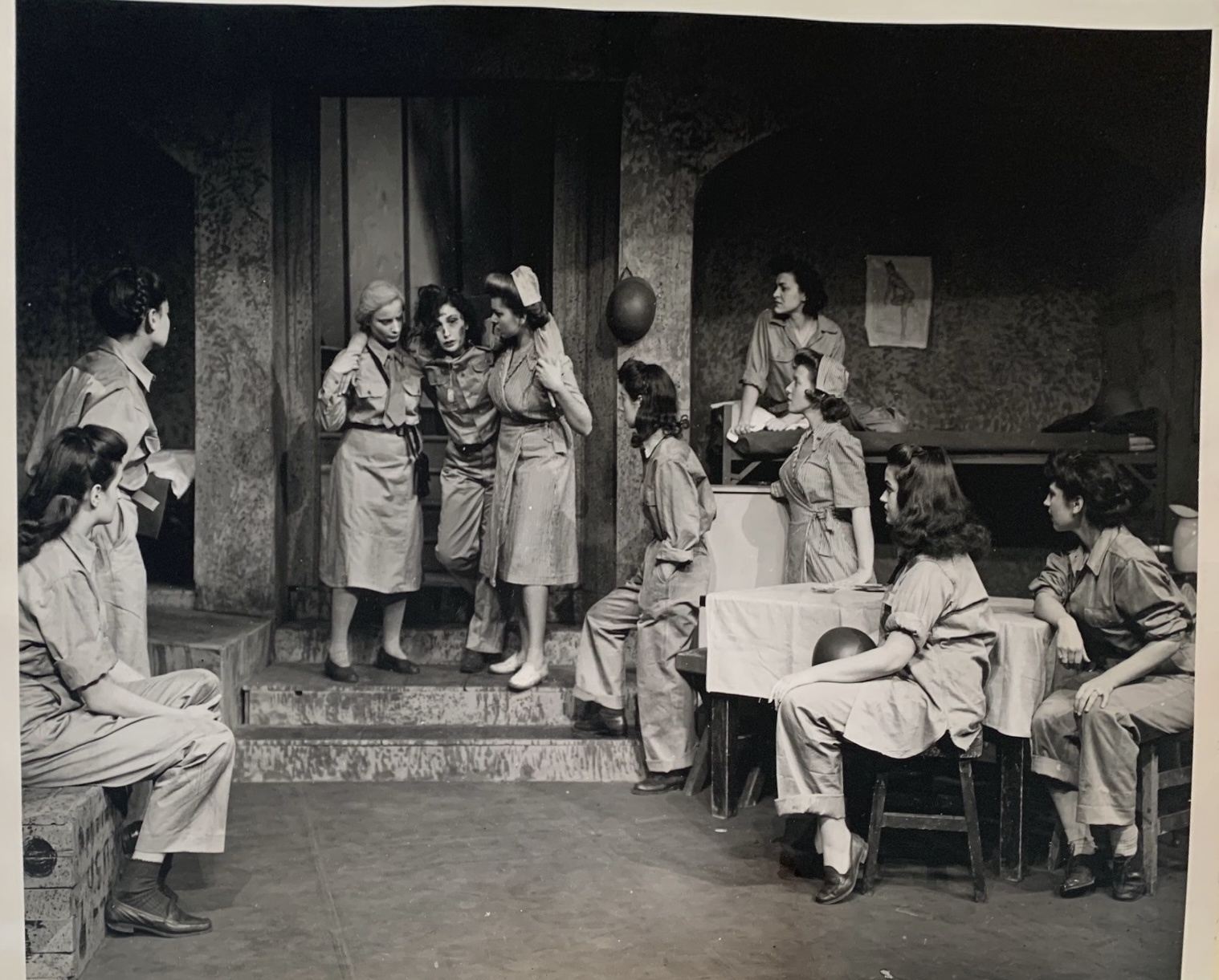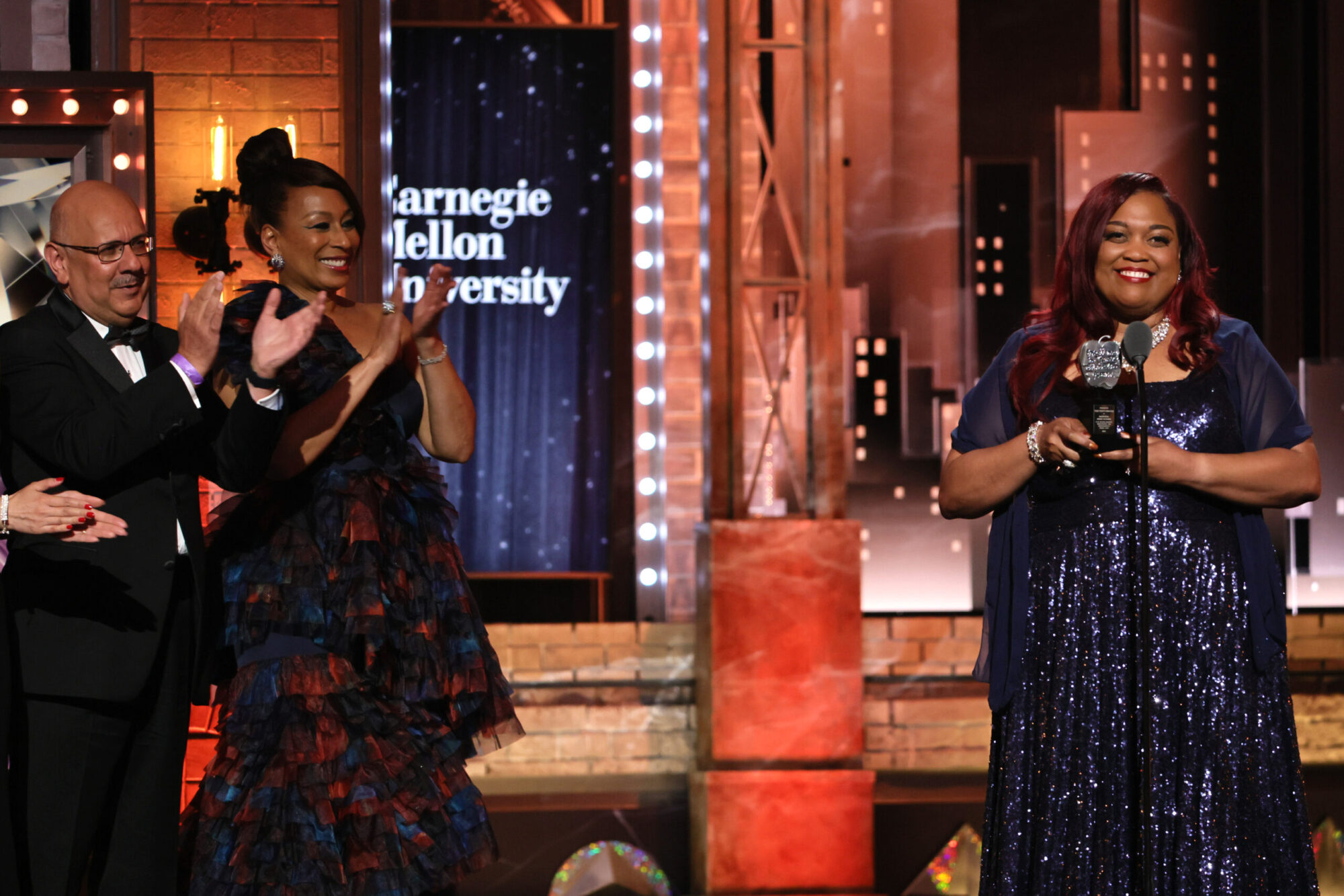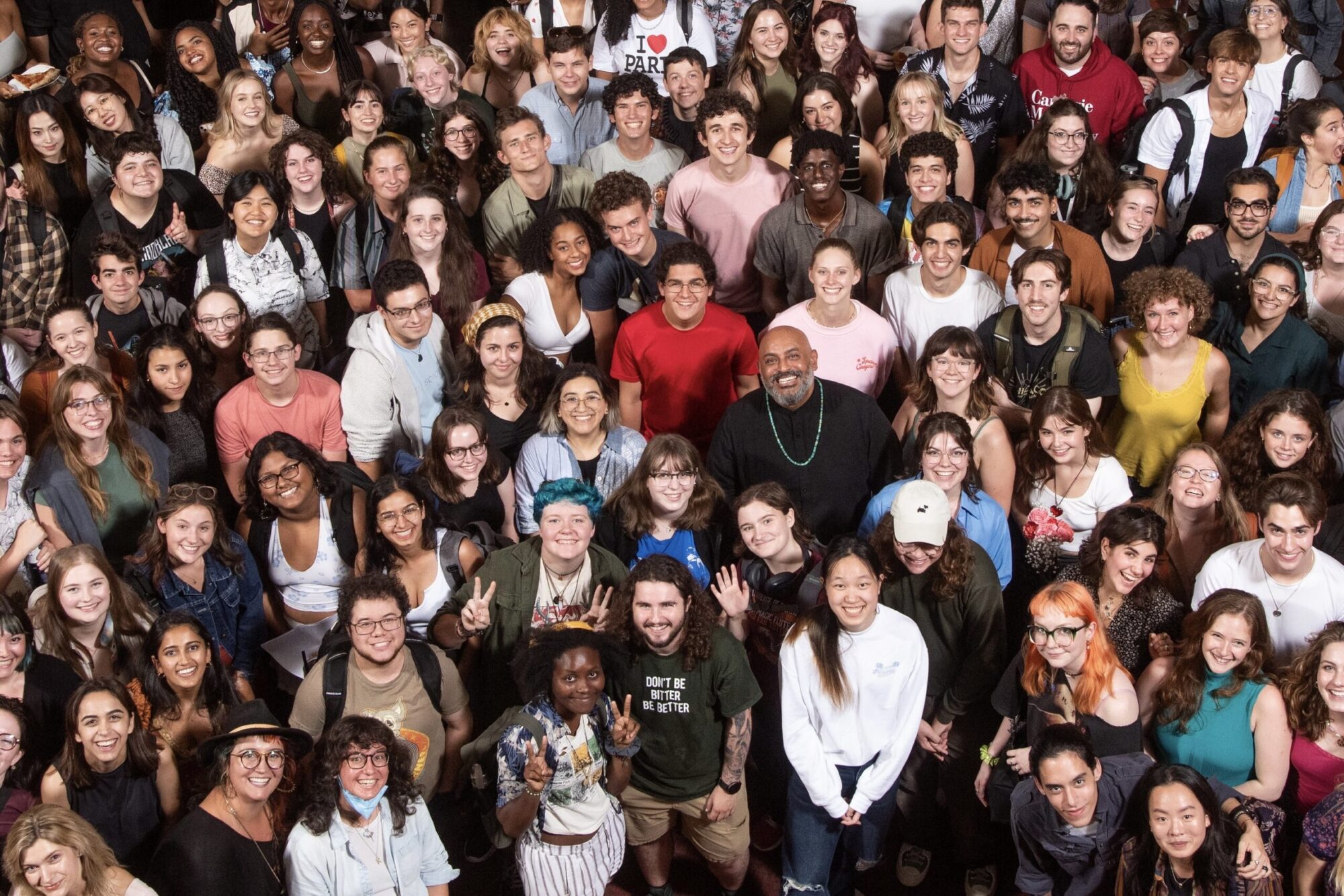History
Over a Century of Dramatic Excellence
Carnegie Mellon School of Drama, established in 1914, stands as one of the world’s premier institutions for drama training. With a rich legacy of nurturing theatrical talent, the school has consistently set the standard for excellence in the performing arts. Its distinguished history is marked by innovative teaching methods, groundbreaking productions, and a commitment to shaping the next generation of artists. As a beacon of dramatic education, Carnegie Mellon continues to attract and develop diverse and exceptional talent, reinforcing its reputation as a leading force in the theater and entertainment industries.
Notable Events
Explore the rich legacy of Carnegie Mellon School of Drama.

1914–1920s
Carnegie Institute of Technology became the first institution in the country to form a degree-granting drama program. Thomas Wood Stevens was the first Head of the School of Drama, and the first class was made up of 18 students – nine women and nine men. The School of Drama’s first production was “Two Gentlemen of Verona,” which opened on April 23, 1914.
In 1924, under the leadership of B. Iden Payne and Chester Wallace, the School of Drama offers three options of study: Acting, Production, and Playwriting. In 1924-1925, enrollment totaled 90; 46 men and 44 women.
1920s–1930s
In 1928, Chester Wallace becomes department head until 1931 when Elmer Kenyon takes over and the department produces 10 plays a year. Teacher education courses are offered for the first time and the first studio theater is built on campus, on the third floor of Baker Hall. It provided rehearsal and performing space for the freshmen class and provided the upper classmen with considerably more opportunity for acting.
In 1934, the celebration of the department’s 20th anniversary took place on Shakespeare’s birthday, with productions of Henry IV, Part 1 & 2, directed by B. Iden Payne. During the first 20 years, the department produced 510 plays, including 73 written by students, and 23 plays of Shakespeare.

1940s–1960s
In 1943, due to the war, the department enrolls 11 men and 75 women, and in 1945, a special class of veterans is admitted – 22 men and one woman. In 1948, six students complete their MFAs – the largest number to receive graduate degrees from the department and in 1949, degree options expanded to include design and directing.
In 1956, a course in television is offered to junior and senior directing students. Practical work at WQED made up the entire curriculum, and in 1958, the department participates in NBC’s Wide, Wide World program American Theater – 1958.
In 1960, the original studio theater is demolished, a pre-professional program for high school students is created, admissions auditions are held in New York for the first time, and the Ford Foundation creates the Theatre Communications Group, with Carnegie Tech as the administrative payee, and Ted Hoffman as chairman of the executive committee.

1960s–1970s
In 1969, the Music Theater program is created; 12 students enroll. The number of productions is reduced to four per year.
In 1970-71, John-Michael Tebelak (MFA, 1971) created and presented the first-ever production of “Godspell” as his thesis project. Susan Tsu (BFA, 1972/MFA, 1974), now the Bessie F. Anathan Professor of Design and a University Professor in the School of Drama, was a sophomore at the time, and the production’s costume designer. Stephen Schwartz (BFA, 1968) composed the show’s music, and the cast included Sonia Manzano (1972), Mary Mazziotti (BFA, 1972), and Andy Rohrer (BFA, 1971) as Jesus.
In 1974, Carnegie Theater is renovated and renamed Kresge Theater thank to support from the Kresge Foundation.

1980s–2000
In 1980, Mel Shapiro become head of the department, and in 1981, the New Play Festival is launched, producing 11 plays in two day cycles.
In 2000, the Purnell Center for the Arts opened, boasting the 450-seat Philip Chosky Theater, state-of-the-art scene shop, costume shop, and design studios, classrooms, rehearsal rooms, and faculty and staff offices.

2003–Present
In 2003, the Playground Fesitval of Independent Student Work is created at the suggestion of the School of Drama’s then head, Elizabeth Bradley, and lead by professors Catherine Moore and Dick Block. Implemented as a means to create a concentrated opportunity for students to engage in creative exploration outside of their regular curriculum and beyond their current areas of study, Playground remains a hallmark of the School of Drama to this day.
In 2014, Carnegie Mellon became the official higher education partner of the Tony Awards and created the Excellence in Theatre Education Award to honor theater educators across the country. To date, School of Drama alumni have won a total of 64 Tony Awards.

Looking Forward
In 2022, Robert Ramirez became Head of School of Drama, with a vision for continuing and building upon the school’s rich history and excellence in training, while also evolving its commitment to diversity, equity, and inclusion.